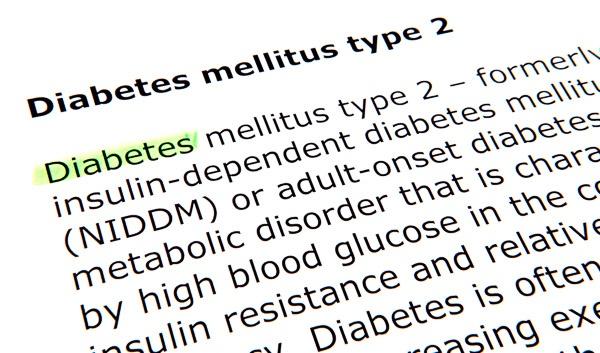Tips for Treating and Reversing Type 2 Diabetes

About 90% of all cases of diabetes are type 2, or adult onset diabetes. While some people are more genetically predisposed to develop it than others, diet and fitness have a very strong impact.
Type 2 diabetes can be prevented, controlled and even reversed by making the right choices. That’s why awareness of how the disease works is so important. The following are the main points that anyone who has or is at risk for type 2 diabetes should understand.
1) Understand the Progression
Type 2 diabetes is a progressive disease that usually comes on slowly as the pancreas gradually loses the ability to produce insulin. It often develops over a period of years.
Common early symptoms of type 2 diabetes include:
- Unusually frequent urination
- Constant thirst
- Blurry vision (due to excess fluid in the eye lens)
- Rapid weight loss
- Unusually frequent yeast infections (in women)
- Continual muscle fatigue
Symptoms become worse over time, eventually progressing to cardiovascular disease or loss of limbs in the worst cases. Recognizing early symptoms can give you time to make lifestyle changes and hopefully stall out or even reverse the disease.
2) Diet Plays a Big Role
Chronic high blood sugar is one of the main contributing causes to the development of type 2 diabetes. Blood sugar issues usually stem from diet.
Over-consumption of sugar is a problem, of course. Constant drinking of sodas and juices is a common contributor. Sugars aren’t the only foods that tend to spike blood sugar, however.
Those at risk for type 2 diabetes should be informed about foods that are low on the glycemic index. These foods, which tend to be rich in fiber and nutrients, keep blood sugar levels normal and steady.
3) Early Weight Loss Helps
Individuals who are overweight or obese benefit most from weight loss during the pre-diabetic phase of the disease, according to a July 2007 literature review published by the American Diabetes Association in the Diabetes Spectrum journal. Once the disease progresses to the point where insulin injections are needed, patients will face a significant struggle just to maintain their weight.
4) Exercise is Key
Regardless of whether or not patients are engaging in a weight loss strategy, regular physical exercise is helpful. Exercise reduces insulin resistance, and this remains true even in those who have developed full-blown diabetes. Low-intensity cardiovascular training has the biggest effect, but strength training also helps, as growing muscles will use more of the glucose that is in your system.
In sum, control of diet and regular physical activity can make a huge difference if introduced shortly after diabetes symptoms begin to appear.








